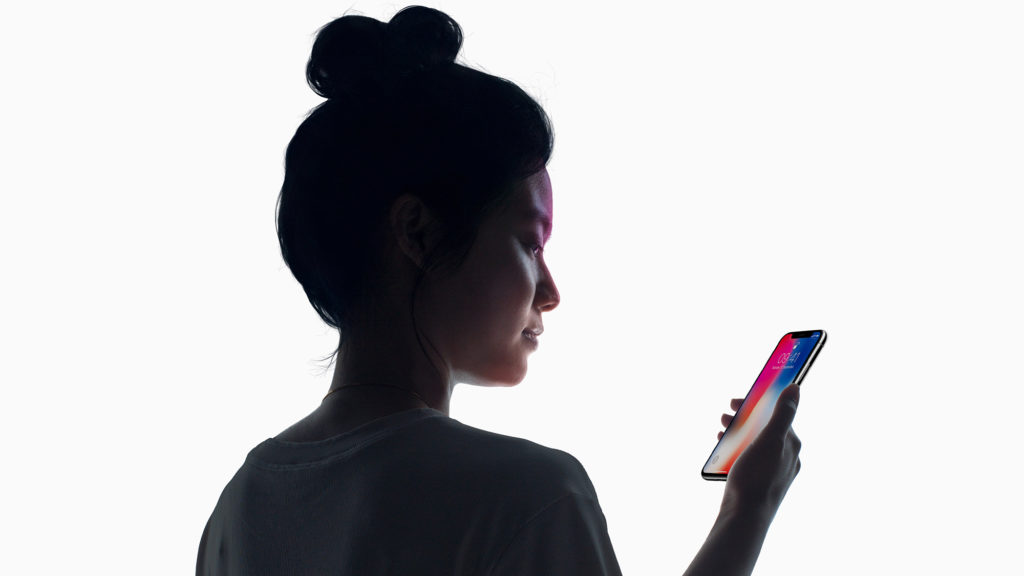Face ID is the future of iPhone security – but is it a future we want to see?
“Pay with your face.” This was how Apple unwisely introduced Face ID on social media. On one hand: how convenient! On another, is Tim Cook about to unveil a new line in protection rackets?
The dual interpretations of those four words were, though, appropriate for Face ID, which is a double-edged sword. It’s a great example that just because something’s clever and useful, it’s not necessarily entirely welcome.
Whereas we’ve grown to give a hearty thumbs-up to Touch ID, will we soon scowl at its successor?
Face value
For Apple, Face ID is a logical next step for device security, because it’s part of a camera system. Right now, the TrueDepth system is bulky – hence the iPhone X’s ugly notch – but still smaller than the area required for a thumbprint. And technology miniaturises as companies iterate; you can imagine the notch almost vanishing from iPhones within a few generations.
Some believe Touch ID could have become similarly ‘invisible’, being integrated into iPhone displays. But that always seemed more wishful thinking than practical. Moreover, removing a fingerprint from the equation has wider consequences, freeing up biometric security to be implemented across the bulk of Apple’s product line.
Today, the only Macs with Touch ID are expensive MacBook Pros, with their Touch Bars; but with Face ID, every Apple device with a display and camera could have something similar fully integrated, revolutionising and simplifying securing personal data and making online payments.
Importantly, Apple also says Face ID is far more secure than Touch ID, with a one in a million chance of a false positive versus one in 50,000 for a fingerprint. That alone could convince many to join Apple’s “revolution in recognition”.
Face off
New technology brings new concerns, though. Some are obvious – not knowing how Face ID will fare in general use. On iPhones, it will at the very least require extra movement than Touch ID to trigger, being more awkward for payments; and there’s an extra ‘swipe’ step in getting to your Home screen, rather than a thumb press almost instantly getting you there from a locked device.
Apple says its technology adapts. If you change your hair, grow a beard, or wear a hat, it won’t be stumped. But Apple’s joke about it also not being a solution for anyone with an evil twin later expanded into an admission Face ID isn’t for the young either. Those under 13 apparently lack the “distinct facial features” required for the system to work well – unlike when using a fingerprint.
Given that pre-teens are unlikely to buy an iPhone X, that makes little odds today – but it may in the future. Touch ID is, after all, as good a way to secure a young person’s device as an adult’s. But then you may also wonder whether we should normalise biometrics to this degree at all.
Apple might keep your data solely on your iPhone and do nothing nefarious with it, but we’re now at a point where fingerprinting is a part of everyday life, and blazing towards a day when facial recognition in consumer goods will be too. Will other companies respect privacy like Apple does? Will our children curse our complacency in this area? Where will it all end?
Judging by iOS 11 and the iPhone X, one possibility is with a docile population gurning at screens, using facial recognition technology to animate cartoon emoji poos. No-one asked for that.

